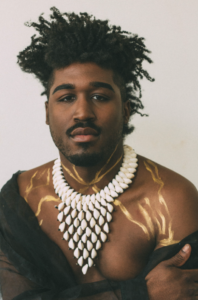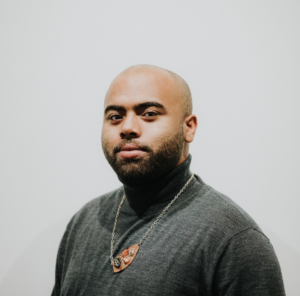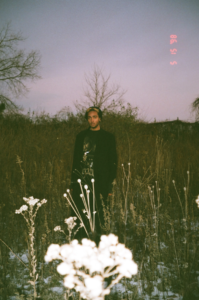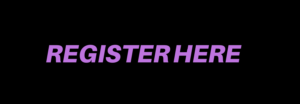Join us for a panel discussion navigating the shift in the representation of Black gay/queer/trans/non-binary identities in Chicago from the 1980s to today.
In the 80s, the heat of bodies could be felt throughout downtown Chicago from the clubs to the streets. Passersby called out to each other and occasionally locked eyes holding a knowing sultry gaze. Black men of all ages, fluid in their sexual preferences, crowded the South Loop bars and warehouse raves. As the photographer Patric McCoy moved through the streets and crowded venues, he candidly captured Black men the way they wished to be seen in their spectrum of identities, countering mass media narratives. These photographs, now on view at Wrightwood 659 in Patric McCoy: Take My Picture, document an essential view of an underground culture that has since grown and transformed over the past 40 years.
Moderated by Patric McCoy, “The New School: QTPOC Pathways” features contemporary voices from the arts community, including Jared Brown, an interdisciplinary artist who uses fragments of Black subcultures to investigate the history and the digital space; LaMar Gayles, an archaeologist and curator with a special focus on the work of artist Berry Horton and the Black queer arts communities in Chicago; and Najee-Zaid Searcy, an educator and artist who employs strategies of collaboration and organizing to create safe QTPOC spaces.
ABOUT THE SPEAKERS

Najee-Zaid Searcy (any pronouns with respect) is an interdisciplinary artist rooted in Chicago, IL, originally home to the Council of Three Fires. Najee-Zaid designs, sustains, and transitions spaces for LGBTQIA+ and BIPOC beings through performance art, facilitation, respite, and music. Najee-Zaid is a co-founder of the Queering the Parks Initiative (Chicago Park District) and the Otherhood Collective. They debuted their EP and performance artwork both titled “Immersion” at the Elastic Arts Foundation in 2022 and will further showcase their project through the 2023/2024 season.
Learn more at najeezaidsearcy.com

LaMar R. Gayles Jr. (a native son of the South Side of Chicago) is an archaeologist, independent curator, material culture scholar, and technical art historian. He is currently enrolled in the PhD program in Art Conservation and Preservation Studies at the University of Delaware. Gayles is a 2021 graduate from the University of Illinois Chicago’s Museum and Exhibition Studies (MUSE) masters program and a 2019 BA (Cum Laude) graduate from St. Olaf College with a triple major in Art History, Ethnic Studies, and Ethno-Aesthetics & Archaeological Materiality. He has researched and curated exhibitions on Black American material culture and its historical progressions from the seventeenth century to the twenty-first century.
One of Gayles’s most recent exhibitions was the 2021 exhibition Divine Legacies in Black Jewelry at the National Museum of Ornamental Metals. Gayles’s most recent curatorial project was the 2022 Terra Foundation of American Art funded co-curated exhibition Emergence: Intersections at the Center which explored the trajectories and complex interwoven legacies of the South Side Community Art Center and Chicago LGBTQ+ communities. Gayles’s personal research methodology combines archaeometry, arts-based research, conservation science, art historical analysis, ethnography, historical reproduction, and technical studies to explore material and visual culture.





